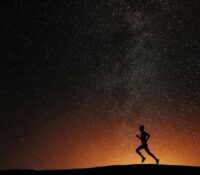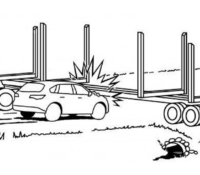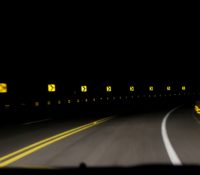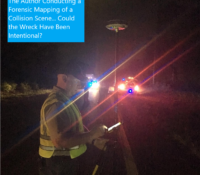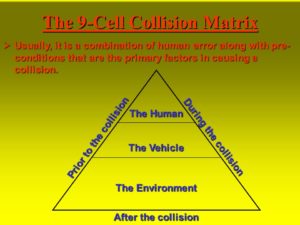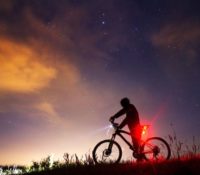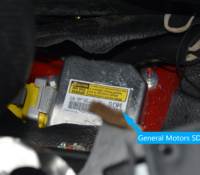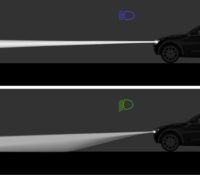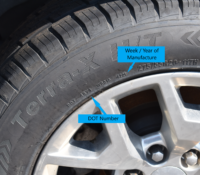Civil Twilight Pedestrian Collision: A Case Study
Susan, a 45-year-old runner, was jogging in the early morning approximately an hour before sunrise, also known as “civil twilight.” Civil twilight occurs both before sunrise and after sunset when the sun is below the horizon and the sky is partially illuminated. Susan was wearing dark athletic clothing and grey tennis shoes for her morning run. She was running on the sidewalk in a suburban area and began to cross the four-lane road at an unmarked crosswalk. Read More



